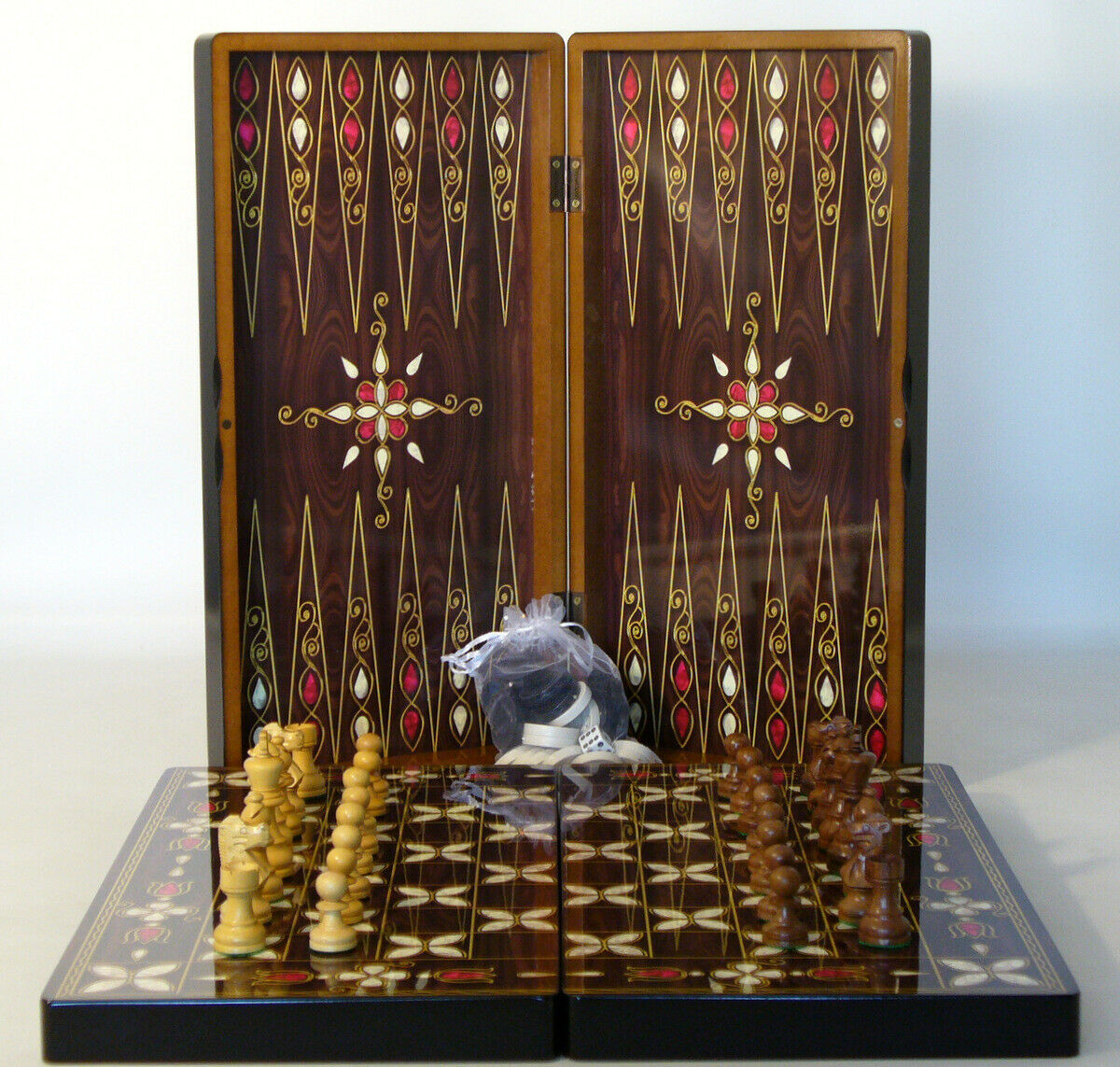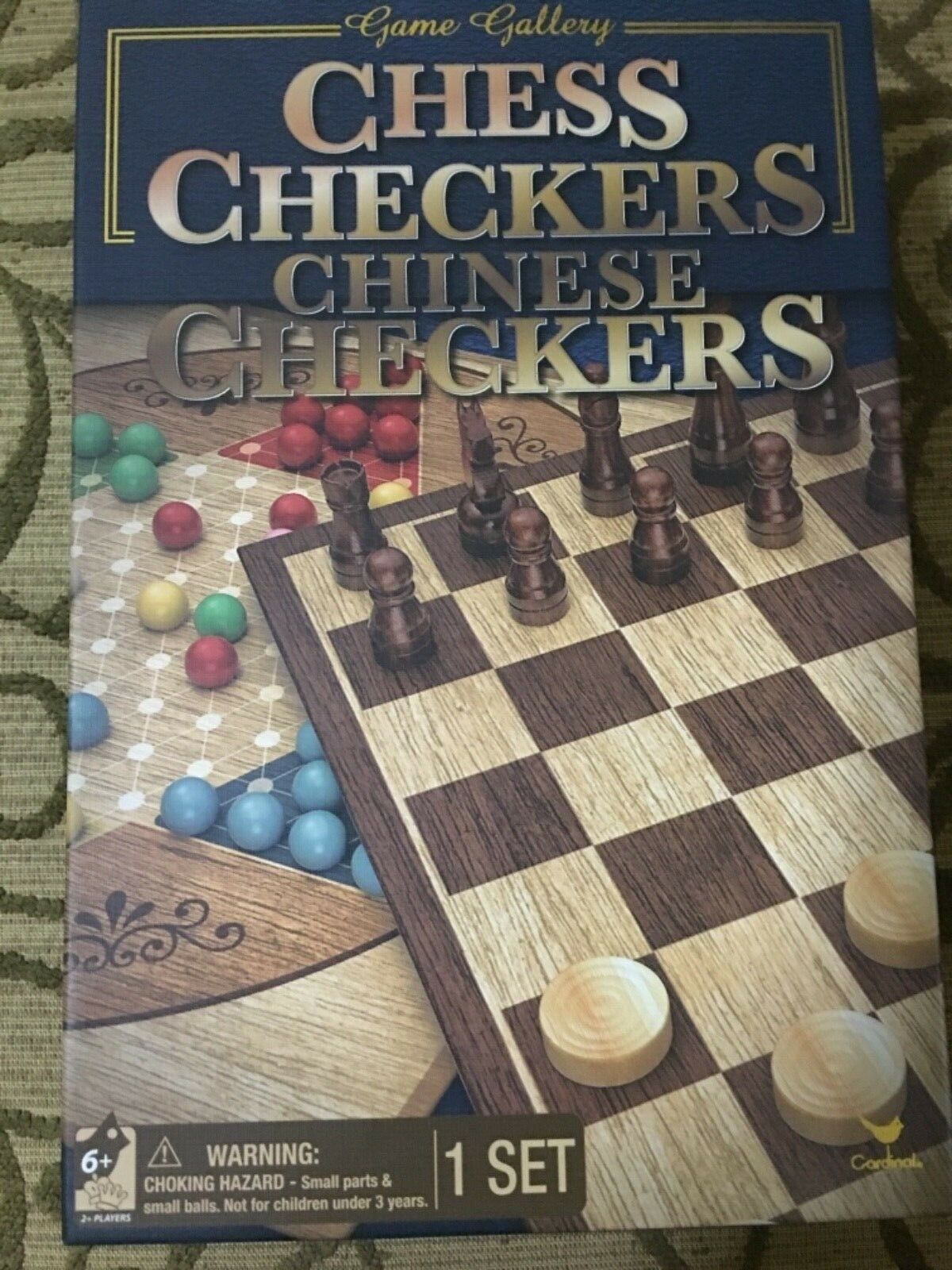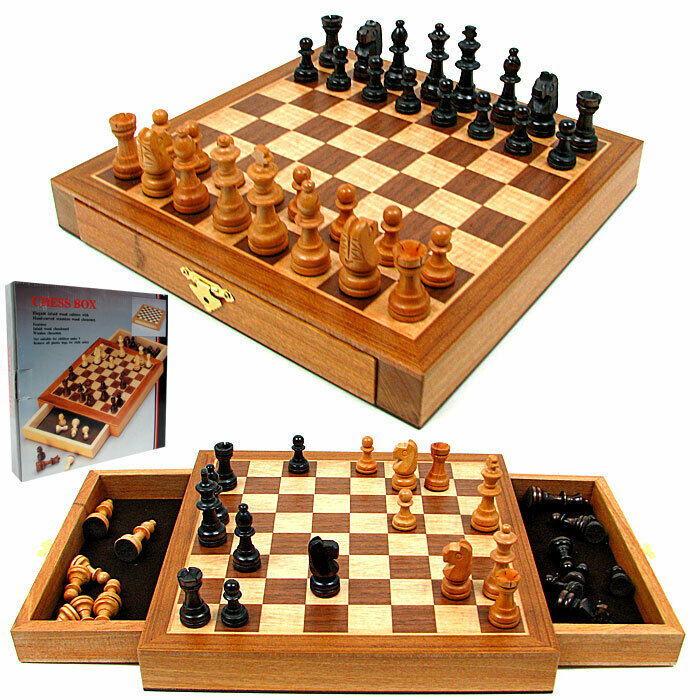-40%
Chess set carved from a mammoth tooth with certificate from Anatoly Karpov
$ 4224
- Description
- Size Guide
Description
Chess set carved from a mammoth tooth with certificateThis set was made in the workshop of the 12th world chess champion Anatoly Karpov, the certificate was personally signed by Anatoly Karpov
You can easily distinguish mammoth ivory products by the color and pattern of their rounded lines.
Cage: 70mm
King / pawn height: 105 / 40mm
From the depths of millennia, the first works of art have come down to us - primitive sculptures and rock paintings, or, as experts call them, writings and petroglyphs. Scriptures were painted by ancient artists mainly with red ocher, as well as black, yellow and white paint, and petroglyphs are images not drawn, but carved on the surface of a stone. Today, cave paintings have been found in 120 countries and regions of the world - even in the Sahara. But the most ancient examples of Paleolithic art are the scribes of the caves of Spain, southern France and Italy - the famous color drawings of animals. It was their reproductions made by Czech archaeologists that formed the basis of the Cro-Magnon Chess set. What were the ideas of our ancestors about the animal world more than 15 thousand years ago? Figures - rock carvings revived on the board - tell about this. The chess roles were distributed as follows: "king" - mammoth, "queen" - woolly rhinoceros, "officer" - ancient bison, "horse" - one of the types of ancient horses, "rook" - ancient European tour, "pawn" - cave bear ... In reality, most of them were much larger than the representatives of modern fauna, but even in such a miniature version, all these long-extinct animals look like real monsters. We can say that "Rock Paintings" are a kind of symbiosis of the most ancient arts, scribble and sculpture, at the same time stylish and historically accurate. The material used for the carving gives the finishing touch to the design of the designer Mikhail Dashtseren. The figures were carved from a dark brown mammoth ivory found in the Kemerovo region; the pedestals for them were sections of a mammoth ivory from Yakutia (white) and Kemerovo region (brown), as well as sections of bones of Late Cretaceous dinosaurs from Southwestern Mongolia.















